VUZIX Smart Glasses M400 Direct Connection to Any USB-C Displayport Alt Mode Enabled Device Best Price and Good Product
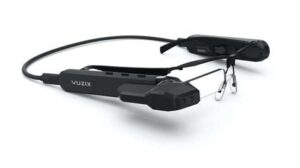
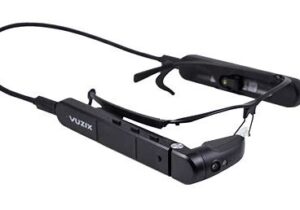
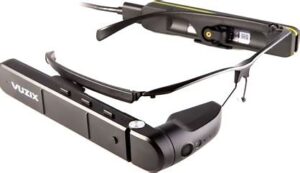
Here’s a detailed comparison table for Vuzix M400 vs M4000 Smart AR Glasses with a focus on Remote Guidance applications:
Vuzix M400 vs M4000 Smart AR Glasses Comparison (Remote Guidance & Enterprise Use)
| Feature | Vuzix M400 | Vuzix M4000 | Key Difference |
|---|---|---|---|
| Display Technology | Waveguide (Binocular) | Waveguide (Binocular) | Same tech, but M4000 has higher brightness |
| Resolution | 640×360 (per eye) | 640×360 (per eye) | Identical resolution |
| Brightness | ~1,000 nits | 2,000 nits (2x brighter) | M4000 better for outdoor/sunlit use |
| Field of View (FoV) | 28° diagonal | 28° diagonal | No change |
| Processor | Quad-core ARM (Android-based) | Quad-core ARM (Android-based) | Same performance |
| Camera | 12.8MP (4K video) | 12.8MP (4K video) | Same camera system |
| Audio | Bone conduction speaker + mic | Bone conduction speaker + mic | Identical audio setup |
| Connectivity | Wi-Fi 5, Bluetooth 5.0, 4G LTE (M400C) | Wi-Fi 6, Bluetooth 5.0, 5G-ready (M4000C) | M4000 has faster wireless |
| Battery Life | ~2-3 hours (hot-swappable) | ~2-3 hours (hot-swappable) | Similar battery |
| Weight | 130g | 130g | No change |
| IP Rating | IP67 (dust/water resistant) | IP67 (dust/water resistant) | Same durability |
| Remote Guidance Tools | Vuzix Companion App (AR annotations) | Enhanced AI tools (object recognition) | M4000 adds AI-powered assistance |
| Price (USD) | ~$2,000 | ~$2,800 | M4000 ~40% more expensive |
| Best For | Indoor industrial use, basic AR tasks | Outdoor/field work, advanced AI guidance | M4000 for harsh lighting/advanced AI |
Key Features for Remote Guidance
1. Display & Visibility
- Waveguide Optics (Binocular):
- M400: 1,000 nits brightness (indoor use).
- M4000: 2,000 nits brightness (sunlight-readable).
- Resolution: 640×360 per eye (HD for clear instructions).
- Field of View (FoV): 28° diagonal (sufficient for task-based AR).
2. Camera & Sensors
- 12.8MP Camera (4K Video):
- Remote experts see exactly what the worker sees.
- Auto-focus for close-up inspections.
- AI Object Recognition (M4000 Only):
- Identifies tools, parts, and machinery for faster troubleshooting.
3. Connectivity & Real-Time Collaboration
- M400: Wi-Fi 5, Bluetooth 5.0, 4G LTE (M400C model).
- M4000: Wi-Fi 6, Bluetooth 5.0, 5G-ready (M4000C) – lower latency for live streaming.
- Vuzix Companion App:
- Remote experts can draw AR annotations on the worker’s view.
- Supports Zoom, Microsoft Teams, and enterprise software.
4. Durability & Comfort
- IP67 Rating: Dust/water-resistant for industrial environments.
- Lightweight (130g): All-day wearability.
- Bone Conduction Audio: Keeps situational awareness while communicating.
5. Battery Life & Hot-Swapping
- 2-3 Hours (Continuous Use): Hot-swappable batteries for extended shifts.
M400 vs. M4000 – Which to Choose?
| Use Case | Vuzix M400 | Vuzix M4000 |
|---|---|---|
| Bright Environments | Indoor use (factories, warehouses) | Outdoor/sunlit work (oil rigs, construction) |
| AI Assistance | Basic AR annotations | AI object recognition + advanced annotations |
| Connectivity Needs | Wi-Fi 5 / 4G LTE | Wi-Fi 6 / 5G-ready (faster streaming) |
| Budget | Lower cost (~$2,000) | Premium (~$2,800) |
Best For:
✔ Manufacturing: Remote machine repair & assembly guidance.
✔ Energy Sector: Field technicians in bright/sunny conditions (M4000).
✔ Healthcare: Surgical training & telemedicine support.
✔ Aerospace: Hands-free maintenance documentation.
Alternatives:
- Microsoft HoloLens 2 – Better FoV but heavier & pricier.
- RealWear HMT-1 – Voice-controlled (no AR visuals).
Verdict:
- M400 = Cost-effective indoor AR guidance.
- M4000 = Best for outdoor, AI-enhanced workflows.
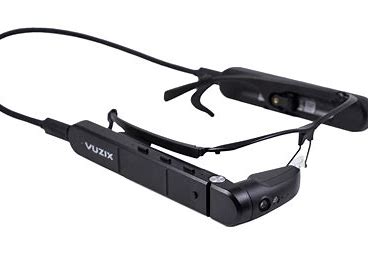
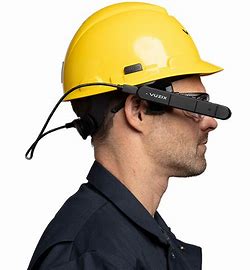
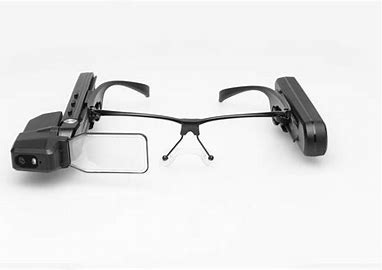
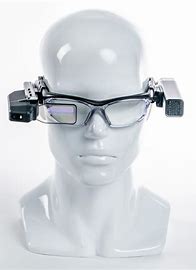
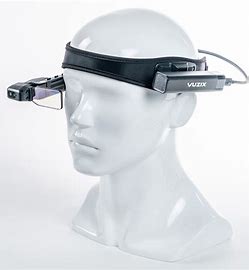
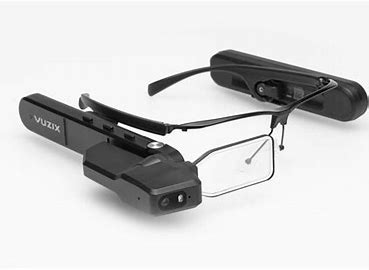
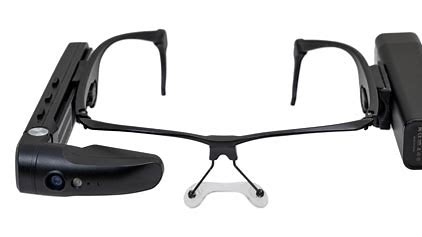




Reviews
There are no reviews yet.